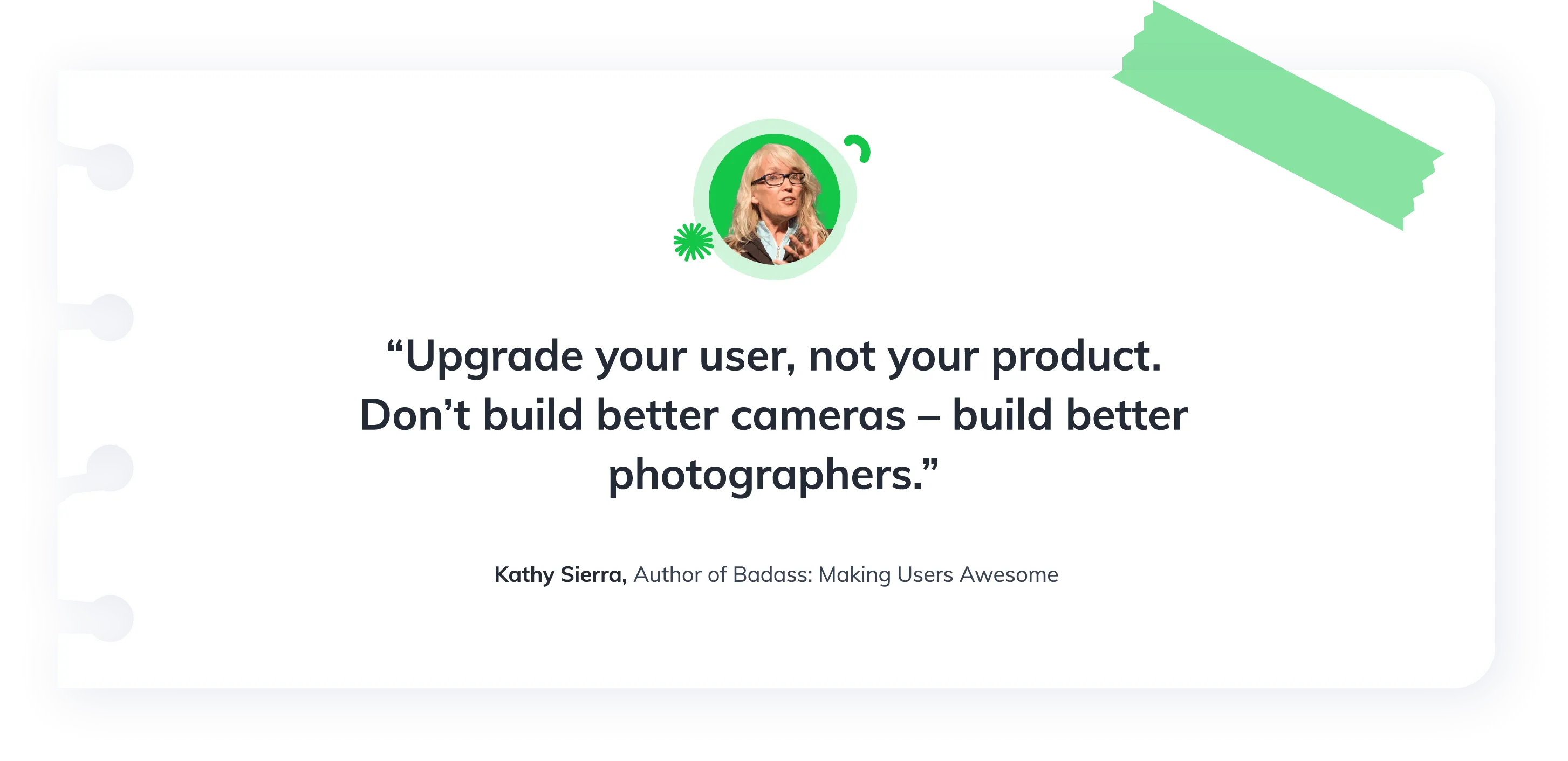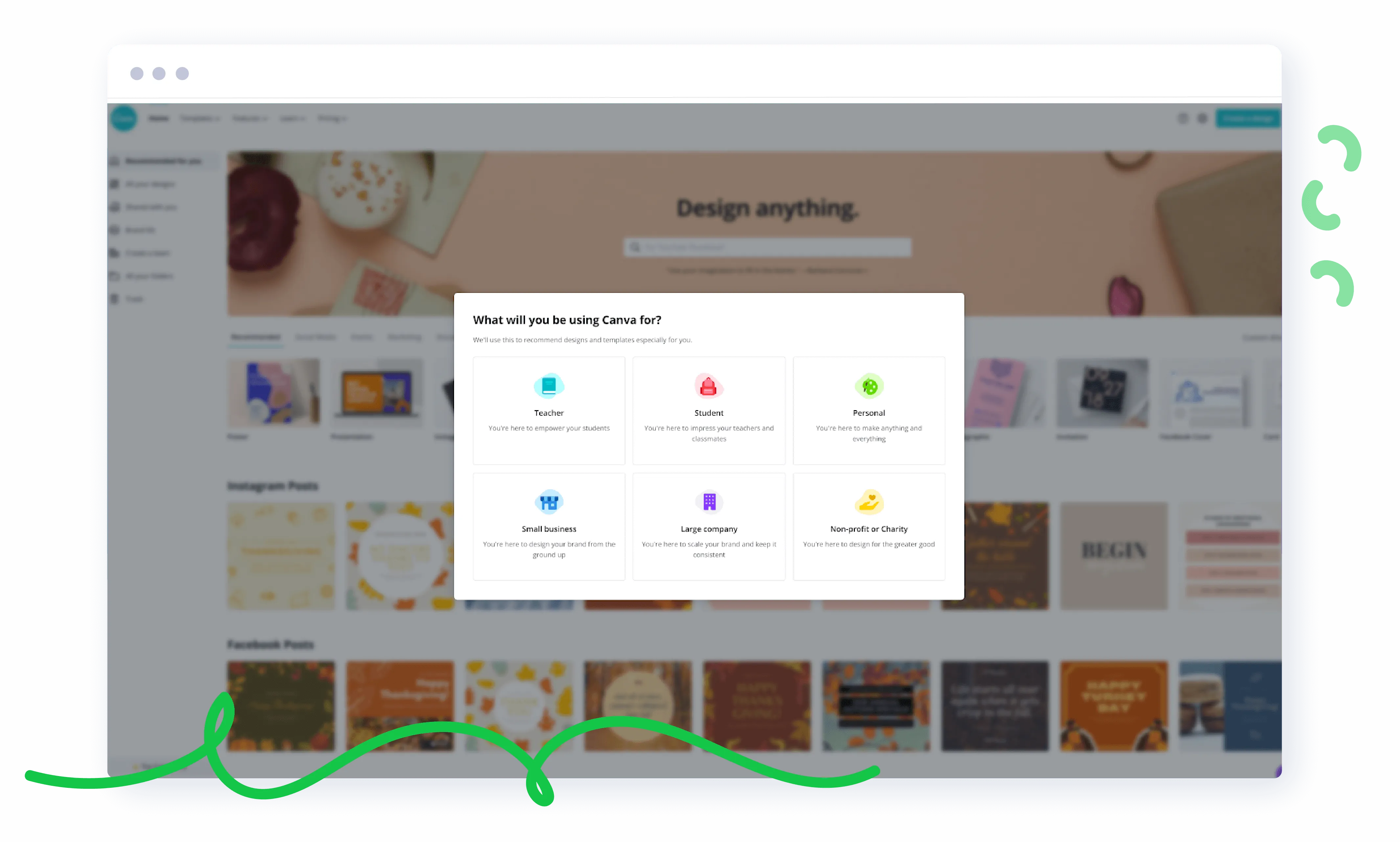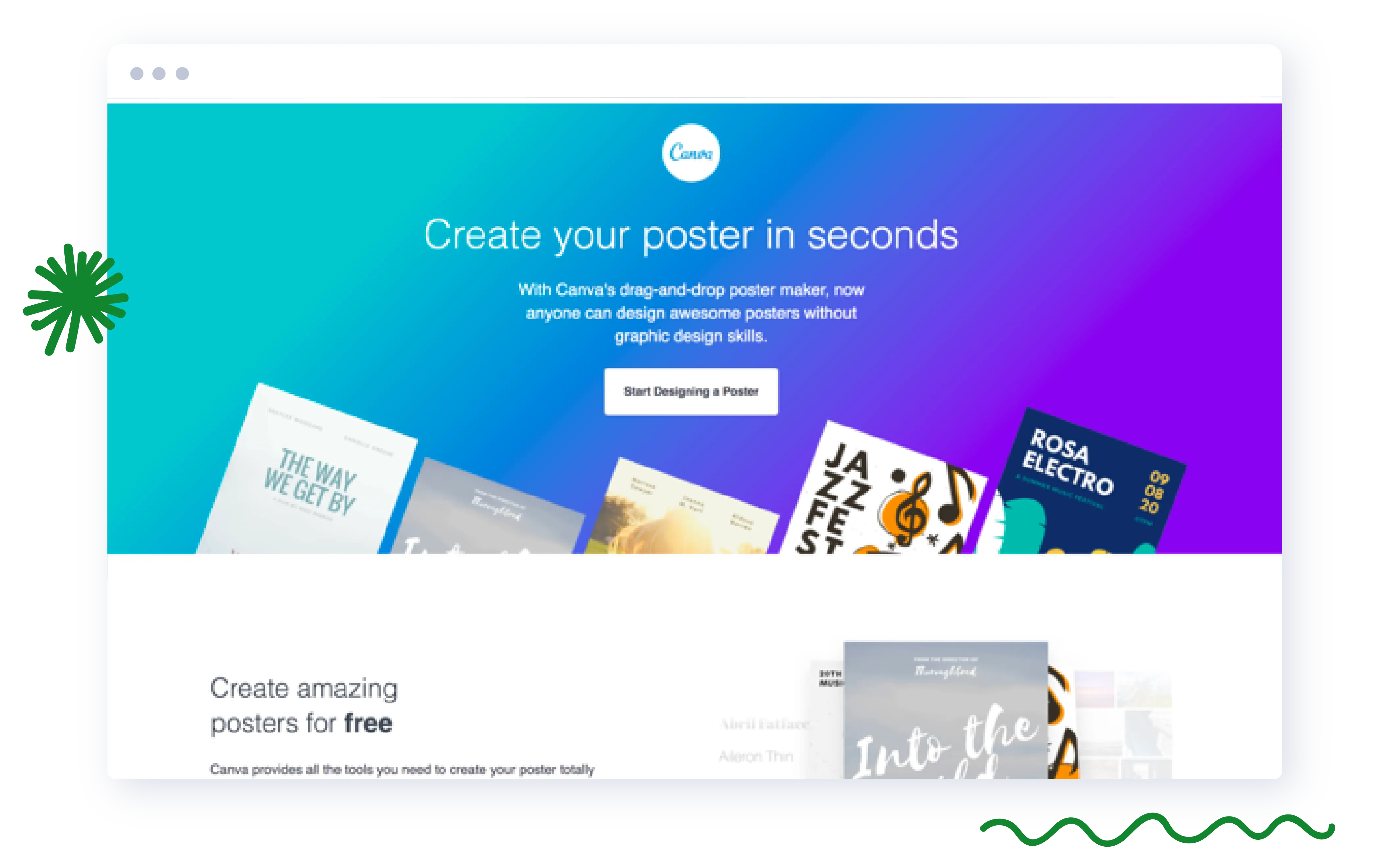

The treasure: What your users really want
The key to improving your free-to-paid conversion is having a crystal-clear picture of what exactly your users treasure. In this lesson, you’ll learn how to identify your user’s desired outcome using the jobs-to-be-done framework.

The treasure: what your users really want
Wherever your users' treasure lies, holds their hearts (and credit cards) too!
The key to improving your free-to-paid conversion rate is having a crystal-clear picture of what your users treasure. What exactly do they want to achieve with your product?
If you get this step wrong, everything else will fail. Because once you’re able to understand what users truly want, you can design an experience that turns more free users into happy, paying customers.
Kareem Mayan (Founder of TrialToPaid.com) suggests that knowing your users' desired outcome is one of the most impactful things you can do to improve your free-to-paid conversion rate.
A better version of themselves
When you boil it down to what your users really care about, it’s really all about how your product helps them achieve their unique goals (which should make their lives easier). In other words, what your users “treasure” is for your product to help them become a better version of themselves.
Samuel Hulick, a UX strategy consultant and founder of useronboard.com, uses Super Mario Bros. to visualize this concept (source). As a kid playing Super Mario Bros., you’re not excited about a fire flower because it has a green stem and it’s easy to pick up. You’re excited because once you pick it, you become a fireball-shooting Super Mario. (Who doesn’t want to shoot fireballs?!)

Similarly, your free product experience shouldn’t focus on the product (the fire flower) or its characteristics (green stem and easy to pick up), even though they are important. It should focus on creating a better life for your free users.

Another way to put it:

Your Product’s “Job Interview”
The idea of “upgrading” a user’s life is at the core of the Jobs-to-be-Done (JTBD) theory by Clay Christensen, innovation expert and bestselling author of Competing Against Luck.
In the JTBD framework, people try out products because there is a gap between their current circumstances and their final aspiration. Successful onboarding experiences can act as the sturdy bridge between that gap, so users can safely cross to their desired outcome.

JTBD is the process consumers go through whenever they aim to transform their existing life situation. To enable a life transformation, customers “hire” products to solve a problem or to satisfy a need. This is known as a Customer Job.
For example, a Customer Job could be: “When I’m hungry, I want to cook raw chicken so I can eat it and satisfy my hunger.” So, you could “hire” a stove to make fried chicken, a grill to barbecue it, or an oven to bake it.
If users are hiring a product to do a Customer Job, then you have to nail that job interview if you’re ever going to hope to turn more free users into paying customers.
To do that, you have to first know what job you’re being interviewed for. For that, you need to know the functional component of your product’s Customer Job.
The functional upgrade
When someone talks about Customer Jobs, they’re usually referring to the functional component of JTBD. Functional jobs involve specific outcomes the users experience after working with a product.
A famous example is from Harvard Business School professor Theodore Levitt: “People don’t want to buy a quarter-inch drill. They want a quarter-inch hole!” (source) The quarter-inch hole is the functional job the drill must do.

We can take this analogy even further by diving into the purpose of the quarter-inch hole. Maybe it’s meant to hang a photo? Or a shelf?
If so, that would be the true functional job of the quarter-inch hole. If mama said don’t judge a book by its cover, I hope you listened. Because when it comes to user onboarding, it’s important to look beyond what lies on the surface.
Here’s another example with SaaS business, Canva, a graphic design platform that's great for making invitations, business cards, Instagram posts, and more.
At the surface level, Canva’s functional job is to help people easily create custom designs. But what did we say about looking beyond the surface? Look a little deeper at who is using the product and you’ll uncover new insights:
• For paid ads marketers, Canva’s functional job is to quickly create high-converting, on-brand visual assets for ad campaigns.
• For teachers, Canva’s functional job is to create engaging visual aids that help teach abstract concepts to students.
• For local coffee shop owners, Canva’s functional job is to create downloadable and printable flyers to help drive foot traffic.
Different market segments will have unique goals when using your product. Segmenting and personalizing the user experience for different Customer Jobs is one of the lowest-hanging fruits to pick off when trying to improve your free-to-paid conversion rate.
This is exactly why Canva asks new users what they’ll be using the app for during their onboarding:

The Progress-Making Forces
Understanding a product’s Customer Job gives you a clearer picture of what your user’s desired outcomes are. So how do you bridge the gap between their current circumstance and their desired outcome?
For that you’ll need to recognize the four progress-making forces that influence people to stick with the status quo, or take the leap with a new solution:
1. The push to find a new solution due to current problems.
2. The pull from what could be achieved with this new product.
3. The anxiety around the risks of moving to a new product.
4. The inertia of not wanting to change.

To help users experience the product’s value and turn them into paying customers, you need to understand how to push, strengthen the pull, calm anxiety, and overcome inertia. And if you’re not a Jedi who’s mastered the force yet, we’ll break this down using Canva as our example.
To improve Canva’s free-to-paid conversion rate, their team needed to amplify the pain of their current situation (the push), while at the same time explaining the benefits of the product (the pull). They needed to provide guidance for complicated tasks (which helps calm anxiety) while also overcoming the inertia of users not wanting to change.
This approach helps users deeply understand the value a product can provide, while defeating emotions that stand in the way of upgrading to a paid account—no matter how complex it is.
User research
How do you identify your product’s Customer Jobs and Four Progress-Making Forces?
The best way to uncover valuable insights like this is through user interviews.
We can already hear some of you asking, “Do we really need to do user interviews?”
The answer is always, “Yes!”
Using customer research to understand your users is the crucial to improving free-to-paid conversion and retention. Your users hold the key to identifying what they treasure and care about.
Whether you’re a seasoned pro at user interviews or a Padawan, we've put together an in-depth user research guide below.






